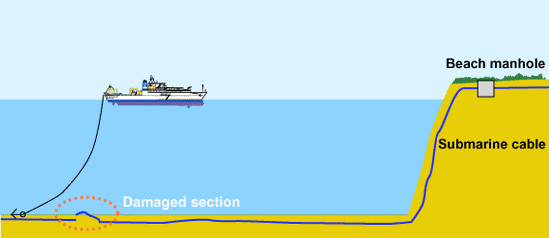How are submarine cables laid?
The first submarine cable was laid not only on September 25, 1951, but also in 1850.In 1850, British engineer Brett laid the world's first submarine cable between England and France,
but a fisherman mistakenly thought he had found a big fish and pulled the cable out of the seabed. So Brett carried out the second laying in 1851, and this cable successfully connected
Britain and the European continent across the Strait of Calais.From then on, humans began to explore the possibility of laying cables on the seabed and created many "firsts":
The first transatlantic submarine cable successfully connected Britain and the United States on August 16, 1858, and Queen Victoria sent her first congratulatory message to US President
Buchanan through the submarine cable. Immediately afterwards, Buchanan called back to the Queen of England, and at the same time, 100 salutes were fired to celebrate this great moment in human history.
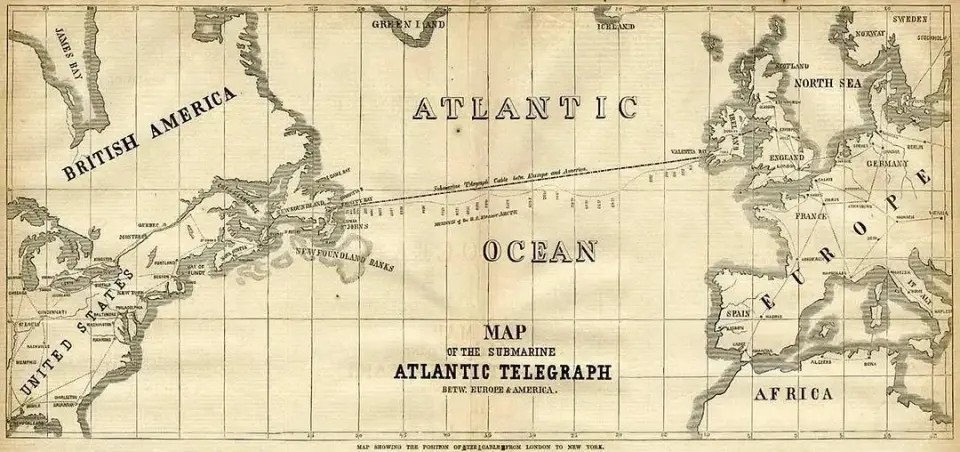
The first submarine optical cable was laid in 1988, spanning across the Atlantic to connect Europe and America, with a total length of 6700 kilometers. This optical cable contains 3 pairs of optical fibers,
each with a transmission rate of 280Mb/s. The achievement of this historic moment is inseparable from the development of fiber optic cables in 1980.
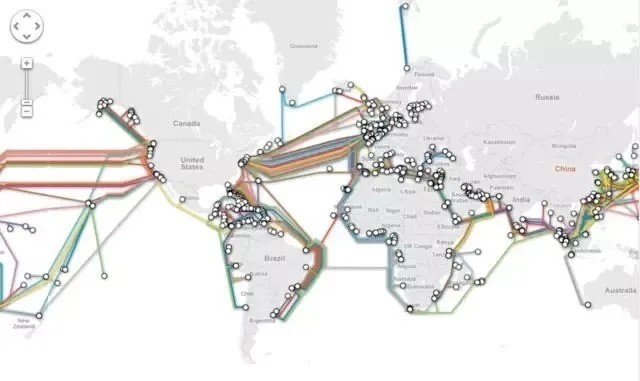
As of 2005, submarine cables have covered and connected all continents on Earth except Antarctica. Currently, over 90% of cross-border data transmission worldwide is carried out by
submarine cables. According to the latest data statistics, the total length of submarine optical cables worldwide is 900000 kilometers, which can orbit the Earth 22 times.
81 difficulties in laying submarine cables
Dramatically, in 1850, the world's first submarine cable was mistakenly dragged out by fishermen thinking it was a big fish, and Brett had to re lay it. After the successful installation, people turned their attention to the North American continent, considering whether it could connect North America with Europe. At that time, the application of electricity and underwater topography were unknown. Morse, the inventor of the telegraph, also believed that the submarine telegraph cable was an unrealistic adventure.
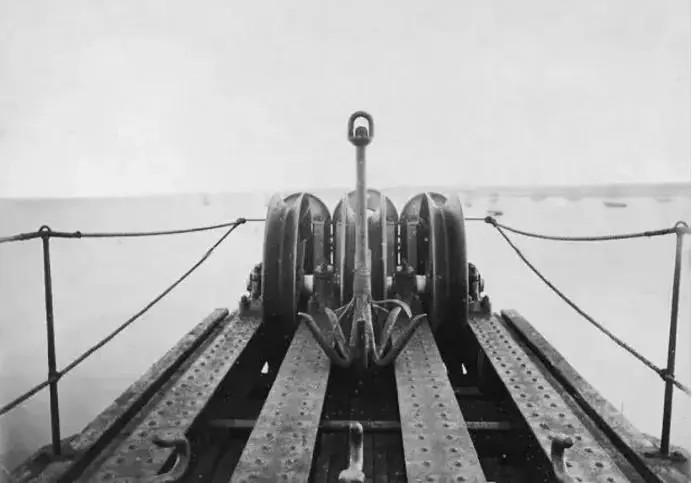
In 1854, British engineer Gisborne and American tycoon Cyrus Westfield were responsible for laying the submarine cable from New York to Newfoundland. Despite facing technological unknowns and funding shortages, they bravely attempted to lay a transatlantic submarine cable. On the evening of August 11, 1857, after successfully laying 355 nautical miles, the winch malfunctioned and all the cables that had already been laid fell into the sea like broken kites. Field lost 355 nautical miles of cables and an investment of £ 100000. The first laying was declared a failure.

In 1858, Field's fleet attempted to lay cables twice, but failed due to storms and cable damage, facing media scrutiny and pressure from investors to withdraw their investments. However, Field persisted in his belief and made his third attempt quietly without much external attention, ultimately successfully laying cables and achieving transatlantic telegraph communication, causing a global sensation.
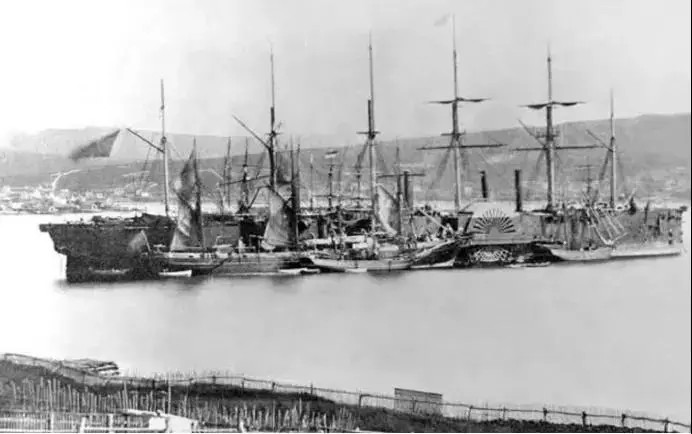
After the successful installation of the cable, Field became a national hero, but the good times did not last long as the cable quickly broke, plunging him into a vortex of public opinion. Faced with failure and doubt, Field persevered and restarted the project six years later with new technology and funding. In 1866, Field successfully laid two transatlantic cables using more advanced technology and giant ships, completely changing the way humans communicate.
How to lay it? How to prevent corrosion? How to prevent scratches?
How to lay it? The submarine cable laying is to bury the cable into the seabed soil through the burial plough (the tail of the construction ship). In sandy and muddy areas, a 2-meter deep trench is formed by high-pressure flushing. In areas with clay and coral reefs, a cutting machine needs to be used to create a trench that reaches a depth of 0.6-1.2 meters, and then cables or optical fibers are embedded into the deep trench for natural backfilling.
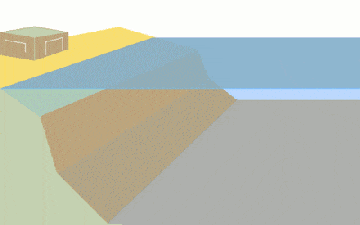
The first is to use high-pressure water columns to flush away the sediment on the seabed and form cable or fiber optic cable trenches.
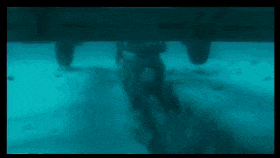
The second is to lay cables through fiber optic cable holes;

The third is to bury the wire, covering the sediment on both sides of the optical cable

How to prevent corrosion? Seawater is different from freshwater. Seawater contains salt and various minerals, and its corrosiveness is very strong. Generally, materials soaked in seawater for a long time are easily corroded. Although these submarine optical fibers may seem bulky, they are actually covered with a polyethylene layer material, which effectively resists seawater corrosion and ensures unobstructed communication.
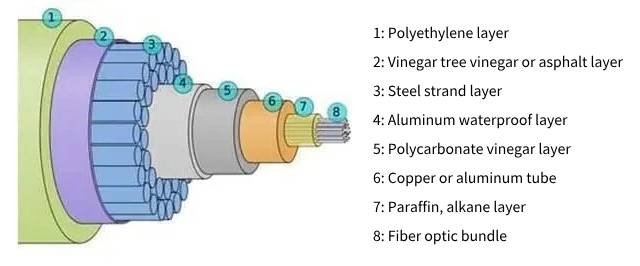
Submarine optical cables/cables not only need to withstand strong corrosive seawater, deep-sea pressure, and natural disasters, but also need to prevent fish bites and human activity damage. Even with enhanced protection, its service life is only about 25 years and needs to be replaced regularly to maintain communication stability.
How to prevent scratches? In 1850, Britain and France laid the first underwater telegraph cable, utilizing deep water natural settlement to stay out of reach of ships and submarines at that time. However, with the rise of fiber optic communication in the 1960s, the initial laying of fiber optic cables was susceptible to damage from fishing trawling due to shallow burial, resulting in significant losses.

To ensure communication security and reduce losses, submarine cable laying ships have emerged. They can dig deep pits and accurately lay cables and optical fibers, effectively avoiding external interference. In addition, detailed markings on nautical charts and sea surface warning signs are used to further protect submarine cables and optical fibers from potential damage by fishing boats and submarines.
How to repair after damage? Even if the fiber optic cables are laid perfectly, they are easily damaged. Sometimes ships passing by or anchors may accidentally touch the fiber optic cables, and large fish may accidentally damage the fiber optic cable casing. Repairing these optical cables is not an easy task, as even minor damage can cause the cables to malfunction. Finding a small gap on tens of thousands of kilometers of optical cables requires a lot of manpower and material resources.
